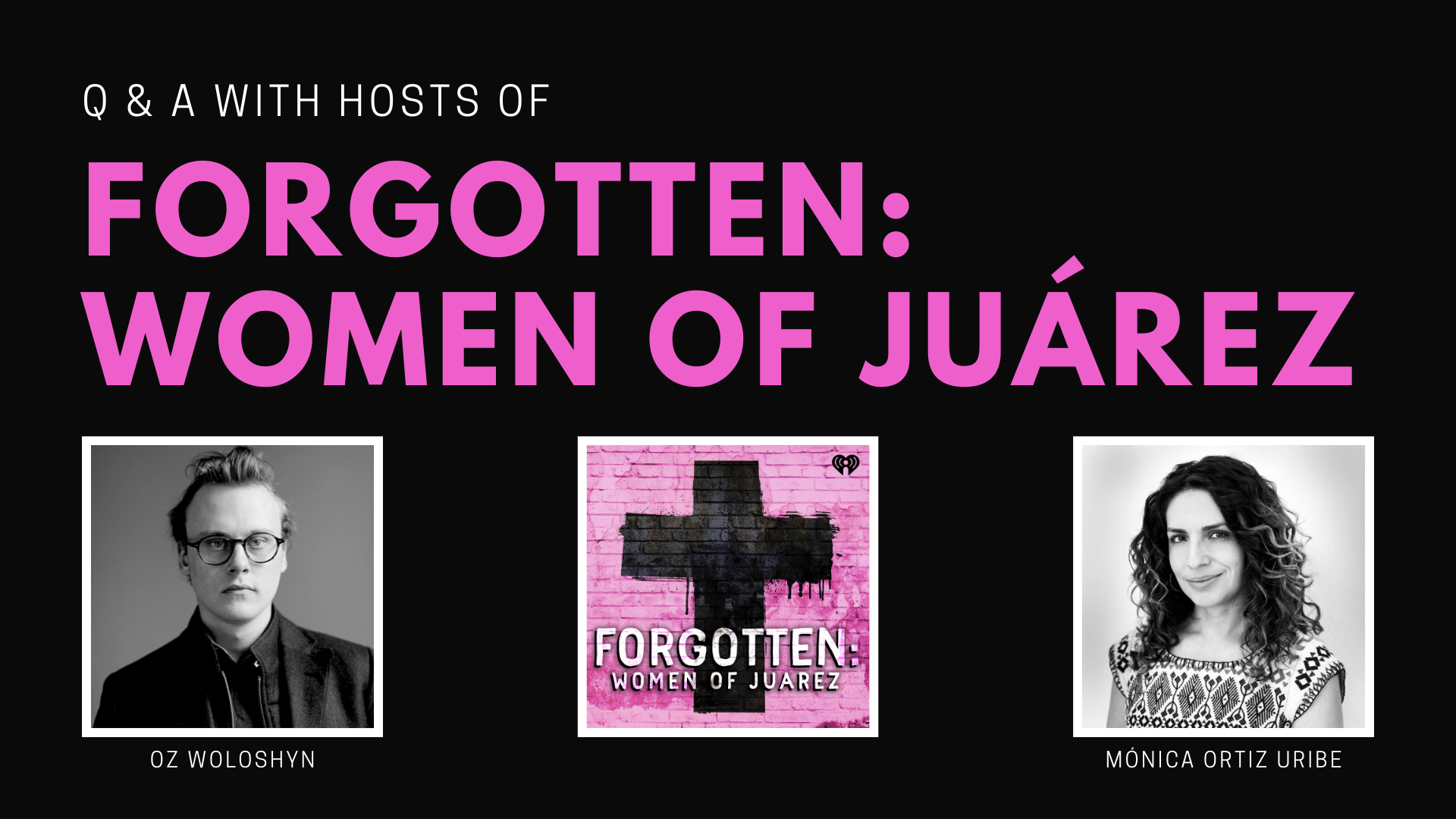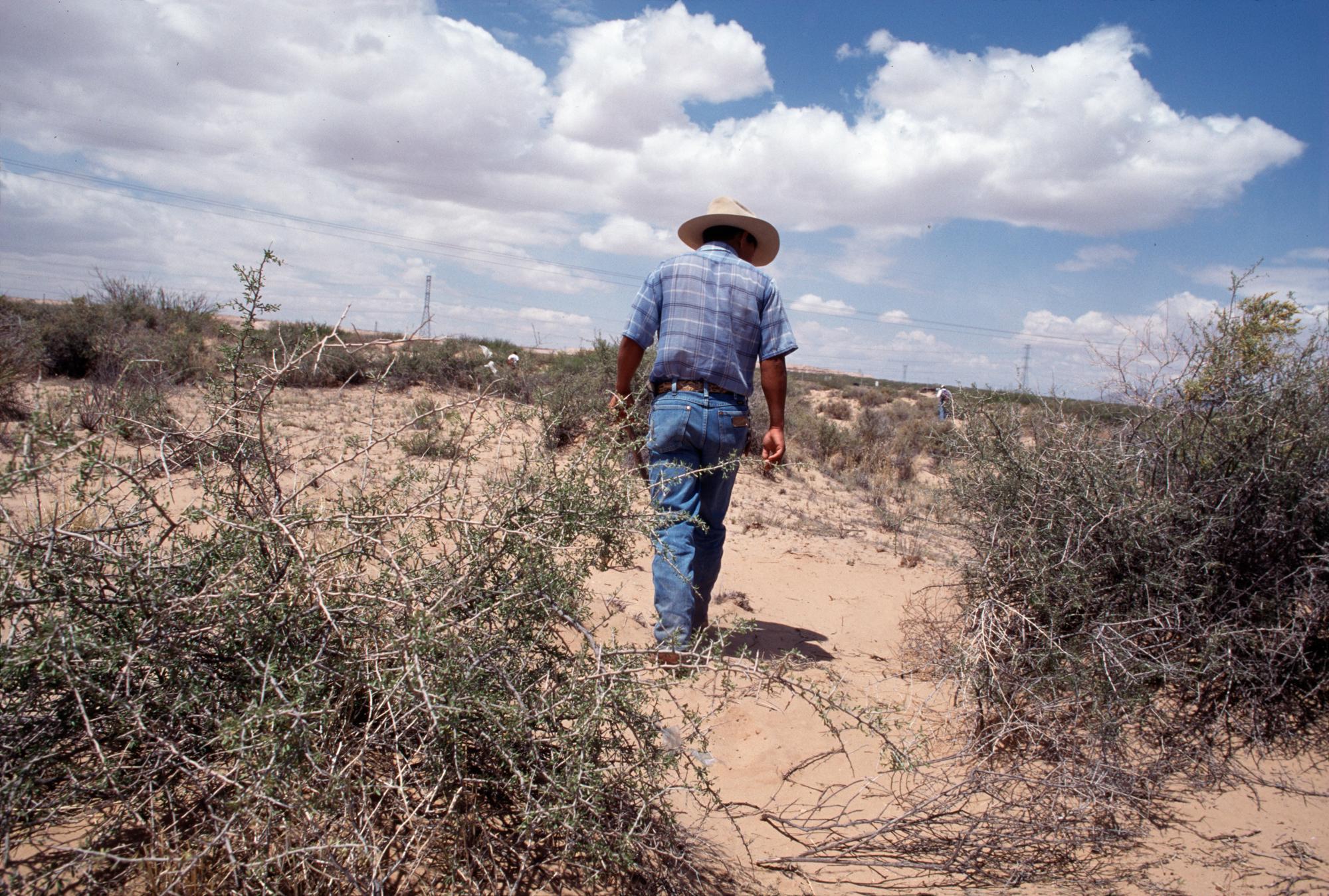Over the past few decades, the women of Juarez, a border city in Mexico, have become symbols of both tragedy and resilience. Their stories have drawn attention to the pressing issues of gender violence, systemic inequality, and the struggles faced by women in marginalized communities. Juarez, with its sprawling maquiladoras (factories), has become a hub for employment, particularly for women, but it has also been a backdrop for unspeakable tragedies. Despite the odds, these women have showcased immense strength, continuing to fight for justice, equality, and a better future.
The plight of the women of Juarez has garnered international attention, shedding light on the systemic challenges that perpetuate violence and discrimination against women. Known for the alarming prevalence of femicides since the 1990s, Juarez has become a focal point for activists, journalists, and human rights organizations. However, what often gets overshadowed by these grim tales is the strength and resilience of the women themselves. They are mothers, daughters, sisters, and workers who continue to rise above adversity, demanding change and justice in the face of overwhelming odds.
This article delves into the lives of the women of Juarez, examining their struggles, triumphs, and the societal factors that shape their experiences. From their role in the maquiladora industry to their fight for justice and equality, this comprehensive guide uncovers the multifaceted realities of these remarkable women. As we explore their stories, it becomes clear that they are more than victims—they are warriors, advocates, and agents of change, striving to create a safer and more equitable world for future generations.
Read also:Walz Family Photo Preserving Precious Moments Through The Lens
Table of Contents
- Biography and Background
- Historical Context: Juarez and its Transformation
- The Femicides in Juarez: A Grim Reality
- Economic Opportunities and Challenges for Women
- The Role of Maquiladoras in Women's Lives
- Gender Violence and Systemic Issues
- Activism and Feminist Movements in Juarez
- Personal Stories of Resilience
- Government and Legal Response to the Crisis
- International Awareness and Advocacy Efforts
- Art and Literature Inspired by the Women of Juarez
- Education and Empowerment Initiatives
- Future Prospects: Building a Safer Juarez
- Frequently Asked Questions
- Conclusion
Biography and Background
The women of Juarez, a diverse group hailing from various cultural and socio-economic backgrounds, have become emblematic of both the opportunities and challenges faced by women in Mexico's border regions. Juarez, officially known as Ciudad Juárez, is a city in the northern state of Chihuahua, Mexico, directly bordering El Paso, Texas. With a population exceeding 1.5 million, it is one of the largest border cities in the world. Over the years, women have played critical roles in shaping the city's economic and social fabric.
Below is a brief table summarizing the key demographic and socio-economic details of the women in Juarez:
| Demographic | Details |
|---|---|
| Population | Approximately 1.5 million residents (50% women) |
| Main Industries | Manufacturing (maquiladoras), retail, service industries |
| Average Age | 25-35 years |
| Education Level | Varies; increasing access to secondary and higher education |
| Common Challenges | Gender violence, economic disparity, limited legal protections |
This overview sets the stage for understanding the unique challenges and contributions of the women of Juarez. Their lives are deeply intertwined with the city's history, economy, and social structures, making their stories integral to any discussion about Juarez's past, present, and future.
Historical Context: Juarez and its Transformation
The rise of Juarez as an industrial city can be traced back to the mid-20th century when the introduction of the maquiladora program transformed the city into a hub for manufacturing. This program, introduced in the 1960s, aimed to attract foreign investment by allowing duty-free imports of raw materials for assembly in Mexico. Juarez's proximity to the U.S. border made it an ideal location, leading to a surge in factory jobs, particularly for women.
However, this economic boom came with significant social and cultural shifts. The influx of workers, combined with inadequate urban planning, led to overcrowded neighborhoods, poor living conditions, and strained public services. Women, who made up a significant portion of the maquiladora workforce, faced additional challenges, including low wages, long hours, and unsafe working environments.
As Juarez grew, so did its problems. The city's location along drug trafficking routes made it a hotspot for organized crime, further exacerbating issues of violence and insecurity. By the 1990s, Juarez had gained international notoriety for its high rates of femicides—gender-based killings of women. This dark chapter in Juarez's history has profoundly impacted its women, shaping their experiences and fueling their fight for justice and equality.
Read also:Abc 6 Columbus Your Trusted Source For Local News Weather And More
In the following sections, we will explore the multifaceted realities of the women of Juarez, shedding light on their struggles, triumphs, and contributions to their city and beyond.
(Note: This is just the introduction and first two sections. The rest of the article will follow the outlined headings and subheadings, maintaining the same level of detail and structure. Should I proceed with the remaining sections?)

